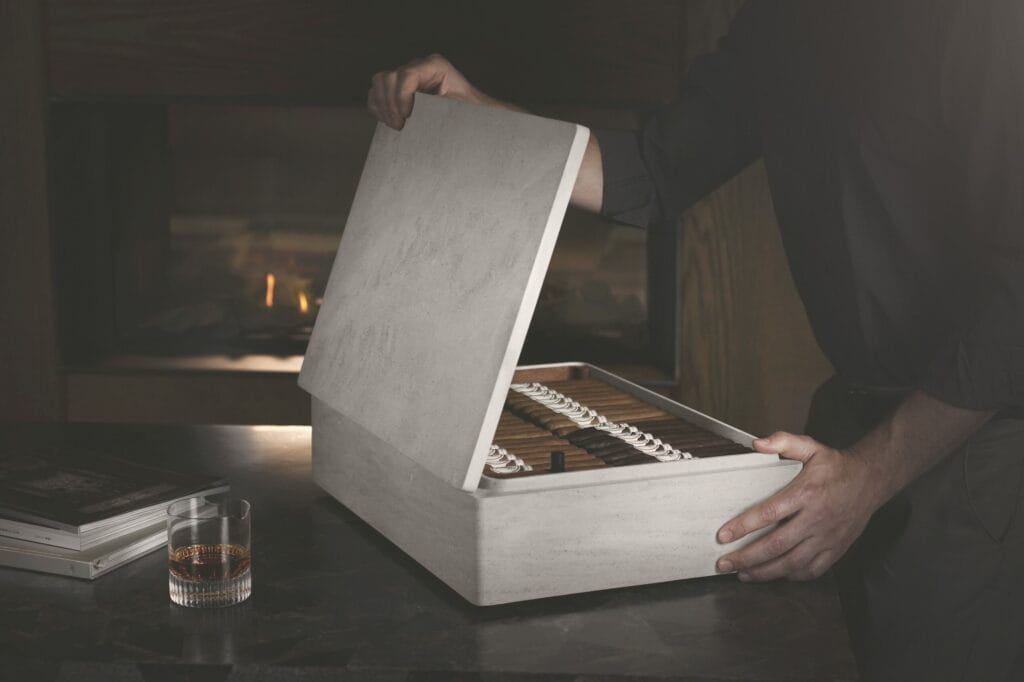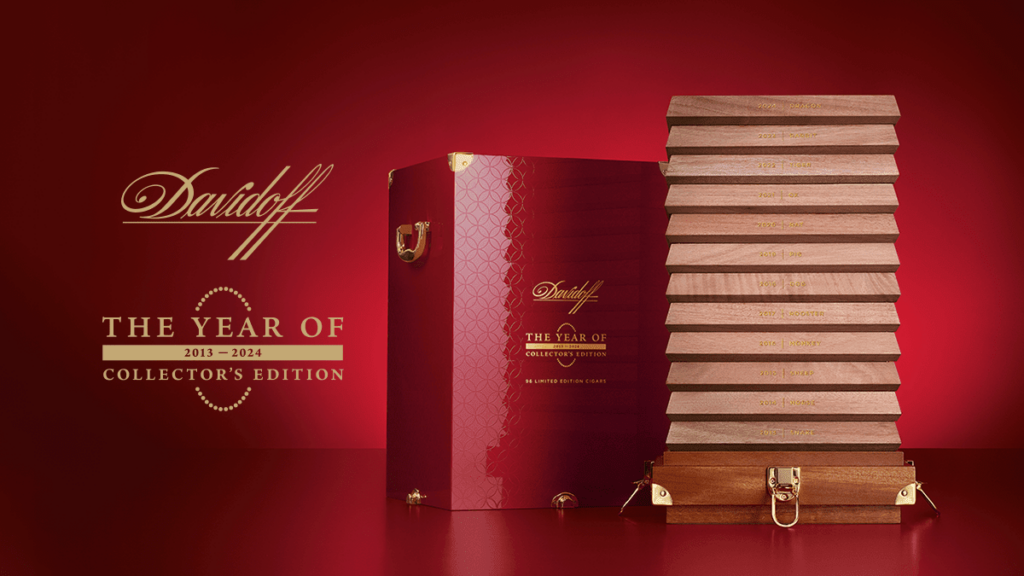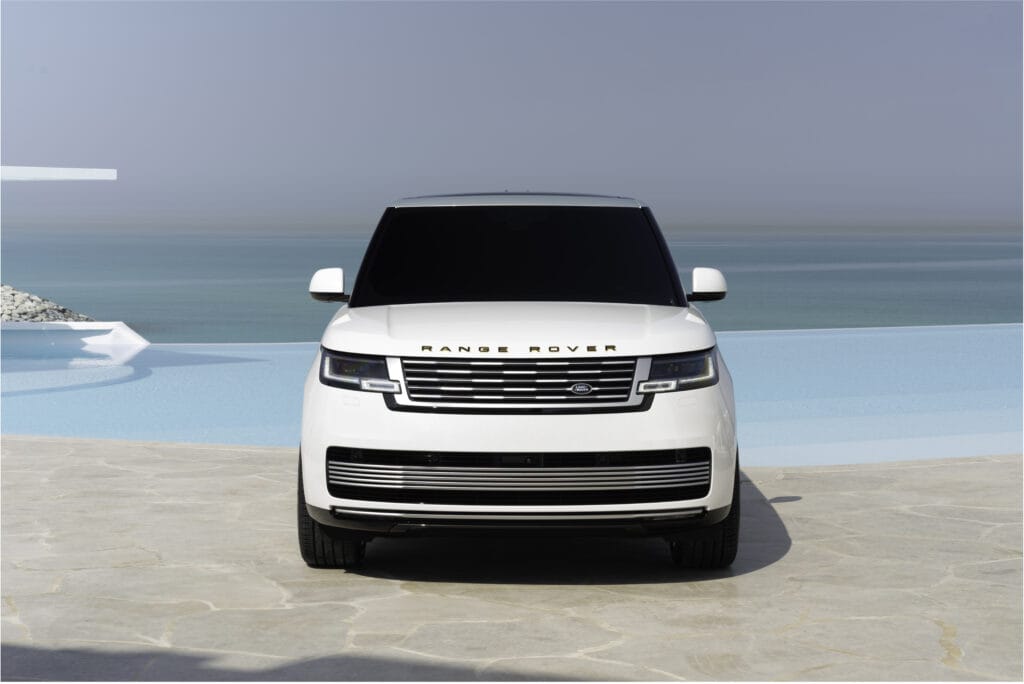- Style history of the S-Class: characteristic for brand identity
- Unmistakeable as ever: the S-Class
Every generation of the S-Class with its unique design harmoniously brings the strengths and values of the Mercedes-Benz brand to the forefront. The design idiom, the aesthetics and the solid manufacture of these exclusive range-topping luxury saloons are thus the standard bearers of the Stuttgart-based vehicle manufacturer and even set the standards for the entire automotive segment.
The S-Class has been the excellent leitmotif of Mercedes-Benz design, particularly since the 1950s. The stylists have maintained a constant balance between innovative ideas and an organic shaping on the basis of the long tradition of this model series: typical stylistic elements help to maintain a kinship of shape. This Mercedes-Benz design philosophy is the foundation of a holistic process. It ensures that an S-Class can be instantly recognised as a member of this exclusive model series family. Vehicle design at the level of the S-Class has a commitment both to brand identity and to realising technical innovations in a series production car. Time and again, pioneering innovations have premiered in the S-Class and have then had an effect on design in general. This ranges from passive safety to optimised fuel consumption and to new interfaces between man and machine. The major dialogues of each epoch affect the stylistics of a new model generation, but conversely it is the design of an S-Class that always has an effect on the design idiom of its epoch. Also, some important impulses have come from history. Back in the early 20th century, the Mercedes top class and luxury segment cars were already setting design trends.
The birth of a new design idiom from the spirit of post-war reconstruction
The more recent tradition of today’s S-Class began in 1951 with the 220 (W 187) and 300 (W 186) models. Front wings with integrated round headlamps set the W 187 clearly apart from the tradition of the pre-war years. Even more marked was the move towards the shape of the Mercedes-Benz 300, with its representative design being characterised by clear lines. In 1954, the “Pontoon” saloons of the Mercedes-Benz luxury class marked the final step towards modern-day cars: even the W 180 model series with its self-supporting body in so-called “three box” design which sees the vehicle divided into three distinct parts: the front end, the passenger section, and the rear end. This created a generous amount of space with low weight and good aerodynamics.
Safety as a design aim
The luxury class saloons presented in 1959 were given the name “Tailfin” because of the characteristic fin-like markers at the rear known as “Peilstege” (something like “bearing bars”). The body design of the W 111/112 model series were influenced first and foremost by thoughts of car safety: it was the first series production car worldwide to be fitted with a safety body. The Mercedes-Benz engineer Béla Barényi developed the idea of the safety body with a fixed shape passenger cabin and crumple zones, and manufactured it as a series production model. Another design highlight of the W 111/112 model series are the vertical main headlamps. At the 1965 Frankfurt on the Main International Motor Show (IAA), the W 108/109 model series with their markedly clear lines were premiered. For the first time, the Mercedes-Benz luxury class was given a design entirely its own, whereas in the previous series there had still been a close proximity to the cars of the upper medium-size category.
The first S-Class
In 1972, Mercedes-Benz presented the luxury saloon cars of the 116 model series, which were the first to bear the official S-Class name. The design with horizontal main headlamps was dominated by a modern wedge shape with a low waistline, but it also included a stylistic bridge to tradition. The design elements which most affect safety included for example new wind guides on the A-pillars and dirt-resistant tail lights. In 1979, the characteristic of the new S-Class 126 model series was modern practicality: new plastic-coated bumpers integrated into the front and rear aprons replaced the classic chrome ones. Broad plastic protective strips at the sides took up the motif and joined the design into one harmonious whole. The innovative body design lowered fuel consumption, reduced the danger of injury to pedestrians and protected the car body from minor damage. Again with the claim of providing the very best in car construction, in 1991, the S-Class of the 140 model series came onto the market. At first its voluminous appearance raised mixed echoes from experts and the public, particularly in Europe. Soon, however, the achievement of the timeless design, combining size, power and safety with elegance and poise gained worldwide acceptance.
The design of the new millennium
In 1998, Mercedes-Benz presented the S-Class of the 220 model series. With somewhat more curved lines than its predecessor and all in all an almost dainty appearance, it once again set standards for the design of large cars. The powerfully tautened bodywork made this S-Class one of the most streamlined series production cars in the world. A new feature was the close co-operation between the design divisions for the exterior and the interior when the vehicle interior was being planned. The extensive range of electronic driving assistance systems affected the interior design. Whereas in 1994, in the 140 model series, the change caused by the display of the PARKTRONIC ultrasonic parking aid was relatively small, in 1998 COMAND, the innovative cockpit management and data system made a lasting change to the interior of the 220 model series. With COMAND the driver was able to operate a number of new and additional comfort functions via a central control panel. The next S-Class (model series 221) celebrated its premiere in 2005. Clear lines and smooth surfaces contrasted with the dynamically swept front, the distinctive wheel arches and characteristic projection headlamps. At the same time, certain classic form elements such as the typical Mercedes-Benz face entrenched this S-Class in the model series tradition. With the “Aesthetics S” sculpture in autumn 2012 at the Paris Auto Salon, the Mercedes-Benz designers provided an exciting taster of the design of the upcoming S-Class from the model series 222. This will appear in 2013 and will fit smoothly into the great Mercedes-Benz design tradition of the luxury and top class vehicles.



